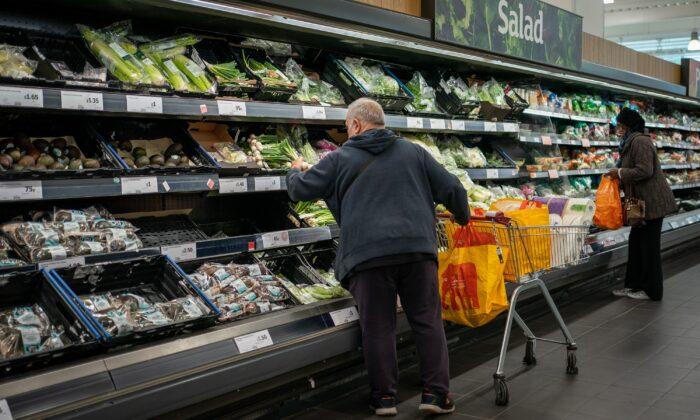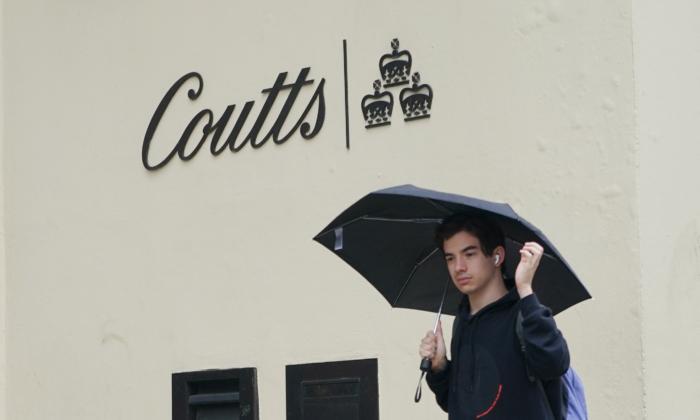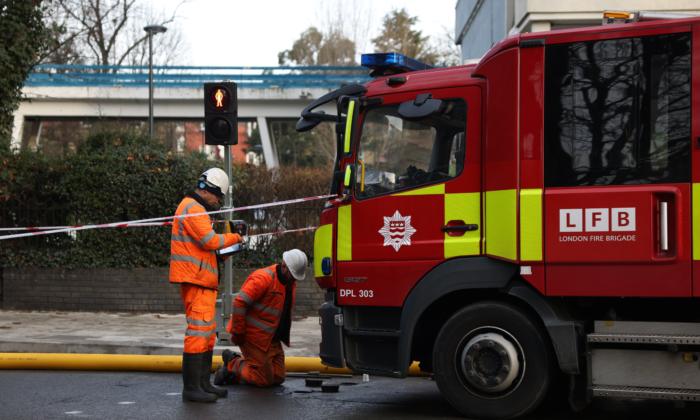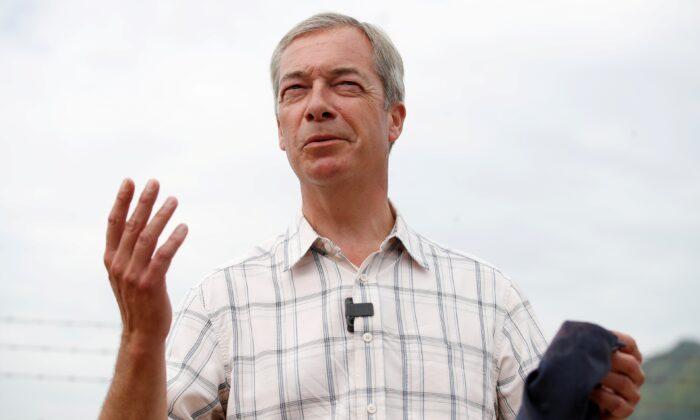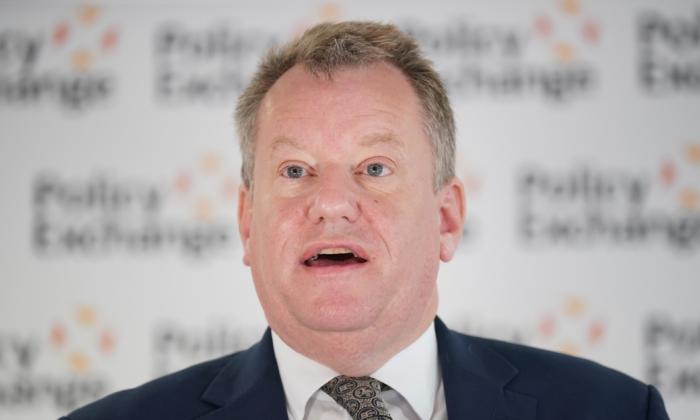The UK retail sector sold far less than expected during the Christmas season as shoppers tightened their belts, new figures show.
Retail sales volumes are estimated to have fallen by 1 percent in December 2022, following a fall of 0.5 percent in November, according to the Office for National Statistics (ONS).
The proportion of online sales fell to 25.4 percent in December from 25.9 percent in November, probably because Royal Mail strikes led to consumers shopping in stores more, the ONS said.
Heather Bovill, ONS deputy director for surveys and economic indicators, said: “Retail sales dropped again in December with feedback suggesting consumers cut back on their Christmas shopping due to affordability concerns.
“After last month’s boost as shoppers stocked up early, food sales fell back again in December with supermarkets reporting this was due to increased food prices and the rising cost of living.
Pressure on Retailers
The data showed that shopping volumes fell by 3 percent in 2022 as a whole, compared to a 5.2 percent increase in 2021, when the economy was bouncing back from the COVID-19 pandemic.Spending in non-food shops dropped by 2.1 percent during December.
Sales in food stores proved more resilient, with just a 0.3 percent drop in December. Sales in these shops had risen 1 percent in November, leading some to speculate buyers were stocking up early for Christmas.
Sales volumes were 1.7 percent below their February 2020 levels, before the pandemic struck.
Helen Dickinson, chief executive of the British Retail Consortium (BRC), said: “Many of the cost pressures bearing down on retailers and their customers remain in 2023, with high energy costs, the war in Ukraine, and domestic labour shortages all taking their toll. However, BRC modelling suggests the situation will improve in the second half of the year.”
Gabriella Dickens, senior UK economist at Pantheon Macroeconomics, said: “Heavy snowfall and intensifying strike action in December likely contributed to the further drop in retail sales, but the underlying picture is weak too.
Food Prices at 45-Year High
The ONS said on Jan. 18 that the UK’s Consumer Prices Index (CPI) inflation dropped from 10.7 to 10.5 percent in December, but there was little respite for families.CPI was still in double digits and food and drink inflation soared again to 16.8 percent in December up from 16.4 percent in November, marking the highest level since September 1977.
Restaurants and hotels have had to pass on rising costs to customers, with inflation across the hospitality sector at 11.3 percent in December, the highest for more than 31 years.
While overall food and drink inflation reached 15 percent in December across the eight major UK supermarkets, butter and spreads rose by 29.4 percent.
Consumer Confidence at Near-Historic Low
According to market research company GfK, consumer confidence in the UK has fallen to a near-historic low amid inflation woes and growing concern about another jump in energy bills.GfK’s long-running Consumer Confidence Index dropped three points in January to minus 45 after a short-lived and weak rally in the last quarter.
Confidence in the general economy for the coming 12 months fell one point to minus 54 and remains 22 points lower than last January, while the forecast for personal finances increased to minus 27 but is still 25 points lower than this time last year.
The major purchase index, an indicator of confidence in buying big ticket items, fell six points to minus 40, some 30 points lower than last January.
GfK client strategy director Joe Staton said: “Consumers have a New Year hangover but it’s of the economic kind, with high levels of pessimism over the state of the wider economy.
“And unlike a conventional hangover, this one won’t vanish quickly. The only glimmer of hope in the results is a slight uptick in the outlook for our personal financial situation, but this is of little comfort because it is still 25 points lower than this time last year.
“This month’s six-point decline in the major purchase index does not augur well because consumer spending is a driving force of our economy and future growth.
“With inflation continuing to swallow up pay rises, and the prospect of some shocking energy bills landing soon, the forecast for consumer confidence this year is not looking good. One thing we can be sure of is that 2023 promises to be a bumpy ride.”
